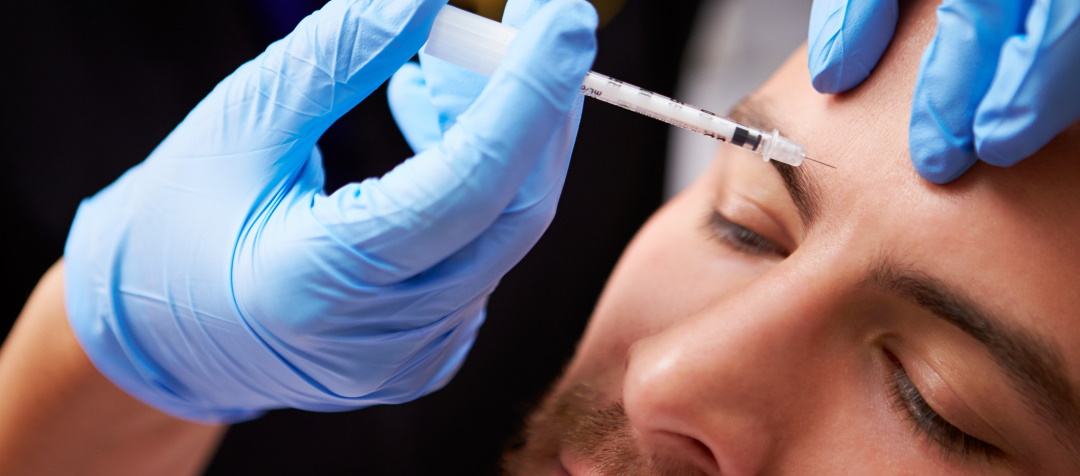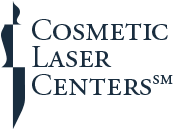
It’s common for people to reach a stage in their life when they feel uncomfortable with the way they look. For most, the process begins in their mid-twenties to their early thirties, and it’s due to a completely natural aging process. In your late teens and early twenties, your body begins to lose the fat on your face that made it look so young, and you settle into the beauty that comes with that age.
Unfortunately, it is also at this point that the body begins to cease making elastin naturally. Elastin is critical to skin’s elasticity and its ability to bounce back from damage. Protecting the skin during this time is essential to fighting the wrinkles and fine lines you’ll encounter in your forties. However, when you think back to your days of late study nights, spring break sun exposure, and the many times you failed to wash your face before bed – it’s clear just what caused the frown lines and crow’s feet we have now.
Luckily, if you were negligent about your SPF protection and moisturizing practices when you were younger, there are options to lessen the appearance of wrinkles and aging. Botox® and fillers give the skin a firmer, plumper, and more youthful look.
How do you know which ones are right for you? Cosmetic Laser Centers in Warrendale and Robinson Township, Pennsylvania, have put together a brief overview of the different treatments and when you should consider them.
A Brief History of Botox®
Botox® was not always a cosmetic injection. It originated in the 1970s as a way to cure the condition of eye-crossing. It was discovered that by injecting the toxin associated with food poisoning (botulism, associated with improperly canned goods) in a purified and targeted way on the body, it would then relax the muscles around the eyes that caused them to cross. Later on, the same injection was used to provide relief to migraine headache sufferers.
In the mid to late-1980s, the medical group Allergan bought the rights to Botox®. It began applying it to more medical treatments, such as the treatment of cervical dystonia, among other things. The side-effect that no one saw coming from these treatments was the dermatological wonders that Botox® is now known for. Because the medical injections happened around the face (in the neck, on the forehead, etc.), doctors and patients alike noticed its impact on facial wrinkles.
Botox® Cosmetic underwent clinical trials throughout the 1990s, and in 2002, the FDA approved it for use in the treatment of crow’s feet, frown lines, and wrinkles.
The bottom line: You should consider Botox® if you are concerned about your frown lines, crow’s feet, or forehead lines. Botox® injections take an average of fifteen minutes and have minimal associated downtime. Doses temporarily paralyze many of the muscles that drastically alter the look of lines on the face, thereby reducing the depth and appearance of the lines overall.
How Are Fillers Different Than Botox®?
Many people go into cosmetic centers wondering whether fillers or Botox® is right for them. The best way to answer this question is to think about precisely what type of aging issue you want to treat. Dynamic wrinkles are caused by movement in the face, like the forehead lines you get from furrowing your brow or the crow’s feet you get from squinting. They are best treated by paralyzing the muscles beneath your skin to make them less noticeable.
Fillers, on the other hand, do what their name implies. They fill in areas of your face that might have loose or sunken skin. If you have a wrinkle on your face that is always there, even when your face isn’t moving, it implies that the area suffers from a lack of collagen. To combat the wrinkles caused by a lack of volume under the skin, you would use a dermal filler such as Restylane® or Juvederm®.
What Types of Dermal Fillers Are There?
There are many different types of dermal fillers out there, but two of the most commonly used fillers include hyaluronic acid fillers and collagen fillers. Restylane® and Juvederm® are both hyaluronic acid fillers and are used at Cosmetic Laser Centers for folds, grooves, wrinkles, hand restoration, and any loss of facial volume.
Like Botox®, dermal fillers are injectable treatments that target specific areas of the face. However, Botox® is only FDA approved to treat dynamic wrinkles like forehead wrinkles and around the eye wrinkles. Dermal fillers, on the other hand, are used to treat wrinkles all over the face, including:
- Sunken or hollow cheeks
- A lack of definition around the jawline
- Mid-face areas
- Thin or saggy lips
- Wrinkled hands
- Nasolabial folds, or the folds between our nose and our mouth
- Pucker lines on the side of the face
- Marionette lines, or the lines that extend from the corners of your lips to your chin (like a marionette’s mouth)
- Tear troughs, or the lines or bags that show up underneath our eyes and commonly make us look tired.
So, whereas Botox® is explicitly designed to tackle the stubborn wrinkles caused by repetitive movements over your lifetime, fillers are designed to address the issues that come from a loss of skin volume and an ever-slowing production of collagen and elastin in aging skin.
Why Choose Cosmetic Laser Centers For Your Injectables?
There are many places in the Warrendale, Cranberry Township, Wexford, and Robinson Township areas that offer Botox® and dermal filler treatments. However, there are no centers in this area that provide the same targeted care from trained medical staff quite like Cosmetic Laser Centers.
You shouldn’t have to choose between looking good and finding professional help to get you there. Cosmetic Laser Centers has provided comprehensive cosmetic care for our patients for years. Stop by one of our two locations: Warrendale Cosmetic Laser Centers at 16000 Perry Highway, Suite #2, or Robinson Township Cosmetic Laser Centers at 6507 Robinson Centre Dr. We look forward to helping you look and feel your best.
